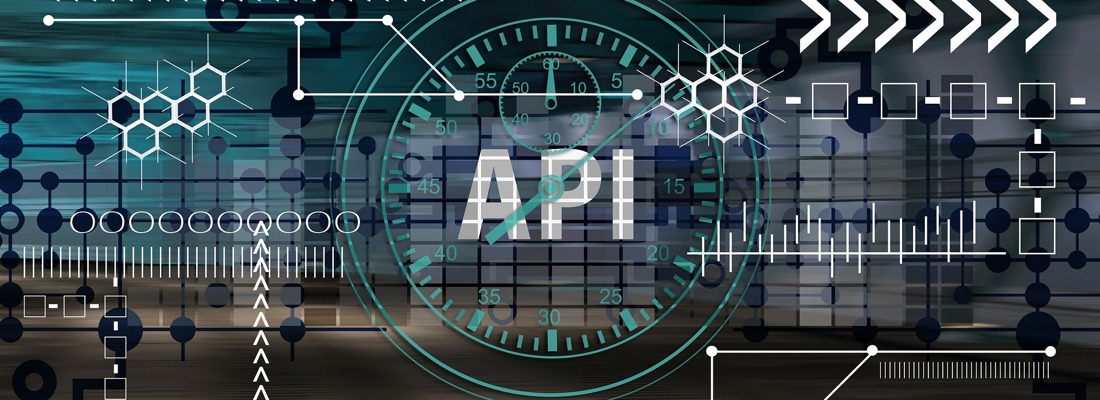1. REST
Representational State Transfer
Pros
1.1 Simplicity and Familiarity
-
Ubiquitous in web development.
-
Easy to understand, widely adopted in .NET using controllers.
1.2 Rich Ecosystem
-
Supported natively in ASP.NET Core.
-
Integration with Swagger/OpenAPI for documentation.
1.3 HTTP-Based
-
Works well with standard infrastructure (browsers, proxies, firewalls).
1.4 Stateless
-
Makes scaling easier.
Cons
1.1 Over-fetching/Under-fetching
-
Clients may receive too much or too little data, requiring additional logic to handle data shaping.
1.2 Multiple Round Trips
-
Aggregated views often require several endpoint calls, increasing latency and overhead.
1.3 Rigid Resource Mapping
-
Changes in client needs often require modifying the server structure or adding new endpoints.
1.4 Verbosity
-
Deeply nested objects or complex resource relationships are hard to express concisely
2. GraphQL
query language/runtime that allows clients to define the structure of the response
Pros
2.1 Precise Data Fetching
-
Clients request only the data they need, reducing over-fetching and payload size.
2.2 Single Endpoint Simplicity
-
One endpoint simplifies routing and API surface management.
2.3 Strongly Typed Schema
-
Self-documenting through introspection and type system; tooling like GraphQL Playground improves development experience.
2.4 Efficient Aggregation
-
Nested queries allow the client to retrieve related data in a single request, reducing round-trips.
Cons
2.1 Complexity for Simple Use Cases
-
Introduces additional abstraction that may not be needed for basic CRUD operations.
2.2 Limited Built-In Caching
-
Lacks native HTTP caching mechanisms; requires client-side or server-side caching strategies.
2.3 Security Considerations
-
Must guard against overly complex queries, recursion, and query depth abuse.
2.4 Steep Learning Curve
-
Requires understanding of schemas, resolvers, and query execution models, especially for advanced features like federation.
3. gPRC
Google Remote Procedure Calls
Pros
3.1 High Performance
-
Binary Protobuf serialization and HTTP/2 enable faster data transmission and lower resource usage.
3.2 Contract-First and Strong Typing
-
Service definitions in
.protofiles ensure strict interfaces across services and languages.
3.3 Advanced Communication Patterns
-
Supports streaming (client, server, and bi-directional) for real-time and long-lived connections.
3.4 Excellent for Internal Microservices
-
Lightweight, fast, and language-neutral, making it ideal for backend service-to-service communication.
Cons
3.1 Limited Browser Support
-
Native gRPC is not supported in browsers; requires gRPC-Web or fallback to REST/JSON for web clients.
3.2 Debugging Difficulty
-
Binary protocol is not human-readable, making manual inspection harder without specialized tools.
3.3 Steep Tooling Setup
-
Requires compiling
.protofiles and configuring build pipelines, which adds development complexity.
3.4 Weak Native Caching
-
Lacks built-in mechanisms for standard HTTP caching, making client-side performance optimization more manual.
4. Feature Comparison Table
| Feature | REST | GraphQL | gRPC |
|---|---|---|---|
| Protocol | HTTP/1.1 | HTTP/1.1 / HTTP/2 | HTTP/2 |
| Message Format | JSON | JSON | Protocol Buffers (binary) |
| Tooling in .NET | Built-in ASP.NET Core | HotChocolate, GraphQL.NET | Grpc.AspNetCore |
| Client Control Over Data | Low | High | Medium (contract-based) |
| Streaming Support | No | No | Yes |
| Performance | Moderate | Moderate | High |
| Caching | Strong (HTTP caching) | Weak | Weak |
| Browser Support | Excellent | Excellent | Requires gRPC-Web |
5. When to Use What
| REST | GraphQL | gRPC |
|---|---|---|
| Public Web APIs | Complex data querying for frontend | High-performance backend systems |
| Develop ease and quick prototyping | Multiple nested/related entities | Internal microservices |
| Strong HTTP caching and browser compatibility | Client-controlled data fetching with minimal over-fetching | Bi-directional streaming or real-time communication |
| Simple, resource-oriented CRUD operations | Single endpoint with dynamic queries | Contract-first APIs with strong typing |
6. Real-World C# Consideration
| API | Tooling & Dev Experience | Testing & Debugging | Versioning Approach |
|---|---|---|---|
| REST | Native support in ASP.NET Core; OpenAPI document generation* , seamless Visual Studio integration. | Easy to test using Postman, curl, or OpenAPI; HTTP traffic is human-readable. | Commonly uses URI versioning or custom headers; supported by ASP.NET routing. |
| GraphQL | Libraries like HotChocolate provide rich schema-based development; introspection and auto-generated docs help with client integration. | Requires tools like GraphQL Playground or Banana Cake Pop; more complex due to resolver chains and dynamic query shapes. | Challenging; relies on schema evolution and deprecation rather than endpoint changes. |
| gRPC | Requires .proto files and code generation via Grpc.Tools; tightly integrated into .NET SDK with support in Visual Studio. | Binary messages make debugging harder; requires tools like grpcurl or custom logging for inspection. | Built-in support for evolving schemas using optional fields and reserved keywords in proto files. |
* Microsoft has dropped support of Swagger starting with .NET9 therefore we only meantion OpenAPI here..
7. Conclusion
| API | Summary |
|---|---|
| REST | Best suited for standard CRUD operations, public APIs, and quick development cycles. Strong tooling in .NET and widespread industry support make it a safe default. |
| GraphQL | Great for client-heavy applications that require dynamic and precise data fetching. Ideal when you want frontend teams to shape responses or aggregate nested data. |
| gRPC | Best fit for high-performance, internal communication between microservices or systems where bandwidth and speed matter. Less ideal for browser-facing APIs. |
